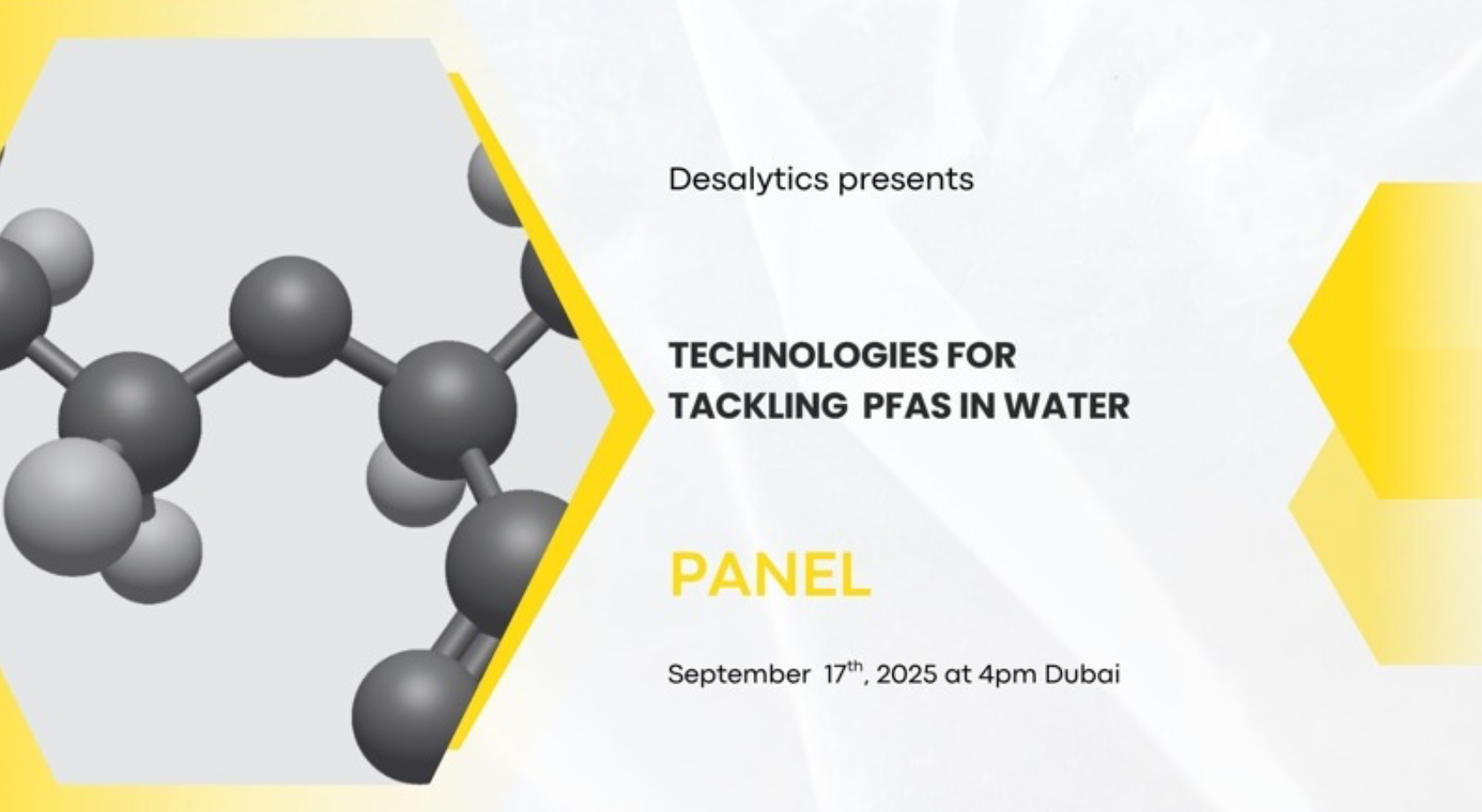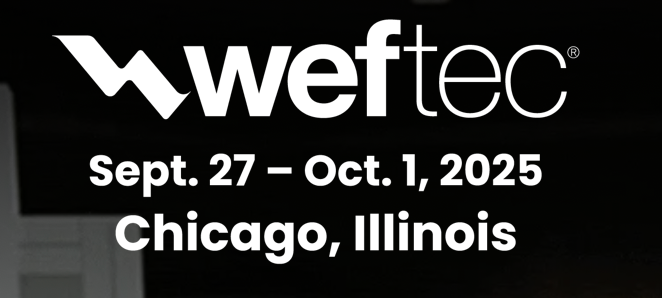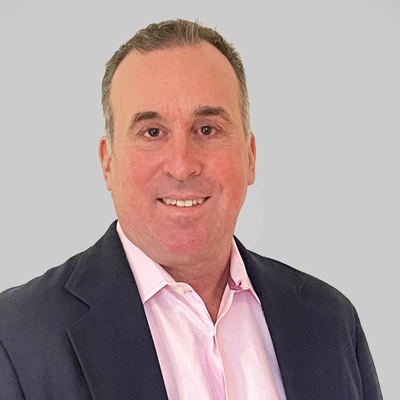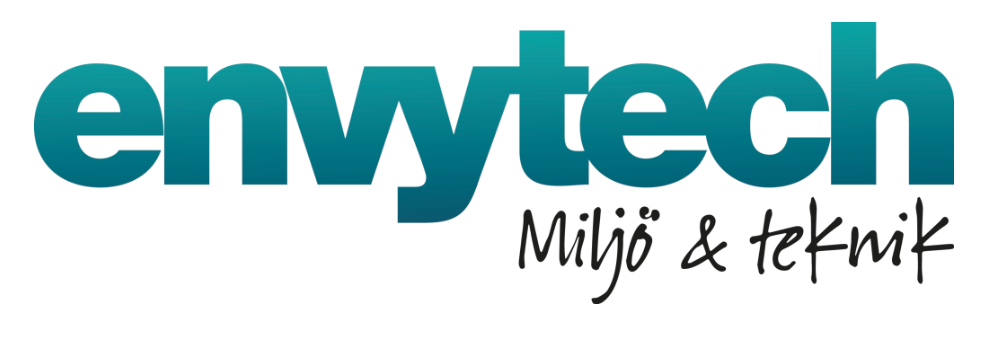Puraffinity plans to provide PFAS-free water to 1 billion people by 2030
With US$13.9m raised in Series A funding, this water treatment company which focuses on per- and polyfluoroalkyl substances (PFAS) aims to eliminate these ‘forever chemical’ contaminants in both industrial and domestic settings by scaling its technology and expanding its manufacturing investment, according to Puraffinity CEO Henrik Hagemann.
PFAS-FREE WATER BY 2030
For Hagemann, providing 1 billion people with PFAS-free water in a few years’ time means his company must “think in highly scalable terms”. “That entails positioning ourselves
as a material component supplier, where we work with system integrators who combine pre-treatment with advanced treatment options like Puratech for PFAS removal,”
he said. “By supplying the adsorbent components that allow system integrators to excel, we can fast track our route to end
users without needing to individually deliver every system for end users.”
The Puraffinity 2030 plan contains several stages, which include building consortiums that enable disposal of the captured PFAS and regeneration of the adsorbent media. According to the CEO, having a regenerable media allows the same PFAS targeted material to address 3-5 cycles of use, effectively increasing the volume of water that can be made PFAS-safe by more than
three times that of a single use adsorbent. “The reuse type of material development innovation unlocks the ability for the company to scale more readily towards impacting more people,” Hagemann said. Furthermore, a quantifiable goal allows Puraffinity to align its business model design and development of new features with a social impact. “That is what moves the needle and that is where we need to focus,” the CEO added.
TWO FOCUSES OF PURAFFINITY TECHNOLOGY
The first focus of its platform is to continue developing new precision adsorbent materials in line with the everchangingand increasingly stringent PFAS regulatory landscape on a global scale, said the CEO. Regulations across the world are reportedly setting new maximum contaminant levels (MCL) in the range of parts per trillion (ppt), with the US trying to get to 4ppt for two of the most common PFAS species. These levels are increasingly lower, and PFAS are still dangerous to human health in the range of ppt. Hagemann pointed out that the health advisory levels for PFAS have decreased faster than Moore’s law — the observation that the number of transistors on computer chips doubles about every 2 years — in the last 13 years.
“We have seen the PFAS regulations go down 37.5 million times in the US alone, a drop of almost 10 times lower concentration every 2 years,” he said. “While current technologies tackle common water contaminants and pollutants such as chlorine residuals and heavy metals, they were not designed to capture specific synthetic groups of chemicals like PFAS, especially not at the levels the US and some European countries are suggesting.
“That requires a different approach and that is the core of our technology.”
Puraffinity designs its scalable adsorbent material to capture and retain the most toxic ‘forever chemicals’: both short-branched and long-chains. A targeted materials allows broad-spectrum removal performance with higher throughput and longer lifespan, according to the CEO. “For industrial applications, that means being able to increase the capacity of an existing filtration bed site without adding more complexity — sometimes as much as a 500% increase in flow rates compared to petroleum-based ion exchange,” Hagemann said. Based on its third-party validations, the longer lifespan reduces the frequency of material change out, which helps Puraffinity in achieving scalability.
In contrast, in domestic settings, a major nuisance the CEO said is the weekly checks on point-of-entry PFAS treatment systems in the basements of homeowners, and then trolleying the heavy granular activated carbon (GAC) vessels out of homes monthly. “The Puratech-powered solution would be three times smaller than current tanks, and still only get replaced every 12 months,” he said. “That is a major homeowner benefit, but also allows current domestic dealer networks to service their end users [in a more scalable way.”
To provide assurance for future regulatory changes, Puraffinity targeted adsorbents can be reportedly upgraded within the same adsorbent media beds at both industrial and domestic settings, allowing its partners to respond to the fast-changing PFAS regulatory landscape.
Puraffinity also predicts which one of the existing 5,000 PFAS species will be included in these regulatory frameworks and then “developing new high-performance materials to capture and retain those PFAS substances at even lower levels”. Hagemann said, “It is a 2D race across more PFAS species and lower PFAS concentrations.”
The second focus is regeneration, which is part of Puraffinity’s value proposition to provide sustainable, green solutions to the market with a low carbon footprint and reduced impact on the environment, the CEO said. “We see that angle align with regeneration as a milestone across the water treatment industry since the media can be reused for non-point-of-use applications, like industrial or environmental remediation, enabling a circular economy for the future of water filtration materials,” he added. “Regeneration also aligns well with addressing the issue we keep hearing from customers: What about the disposal?”
ITS MANUFACTURING INVESTMENT AND R&D CAPABILITIES
The Series A funding allowed Puraffinity to scale up its operations, transitioning from an R&D-focused organisation to being a fully commercial entity. “The funds from our investment round will support our manufacturing expansion with a network of tolling partners in the advanced materials sector to fulfil market demand for the next two years, with initial sites in the UK and Germany,” Hagemann said. “COVID-19 reminded us how risky relying on a single source can be, so we are developing a distributed network of manufacturing partners to introduce added resilience to our scale-up strategy.”
The CEO added that Puraffinity also plans to establish its own manufacturing facility and grow its team as a subsequent step in its expansion. “This facility will help us meet market demand on a global scale,” he said. “The funds will also support the growth of our organisational structure, going from 25 to 40 employees by the end of 2024.”
Lastly, the funds will support its continued investment in R&D and product development. “It is a common mistake for scaling deep tech companies to only invest in the most progressed product line, which creates overexposure to the success of that specific product,” Hagemann said. “This investment enables us to align with future PFAS market demands and regulatory needs, while proactively foreseeing what the regulatory framework may look like in 2025 and beyond.
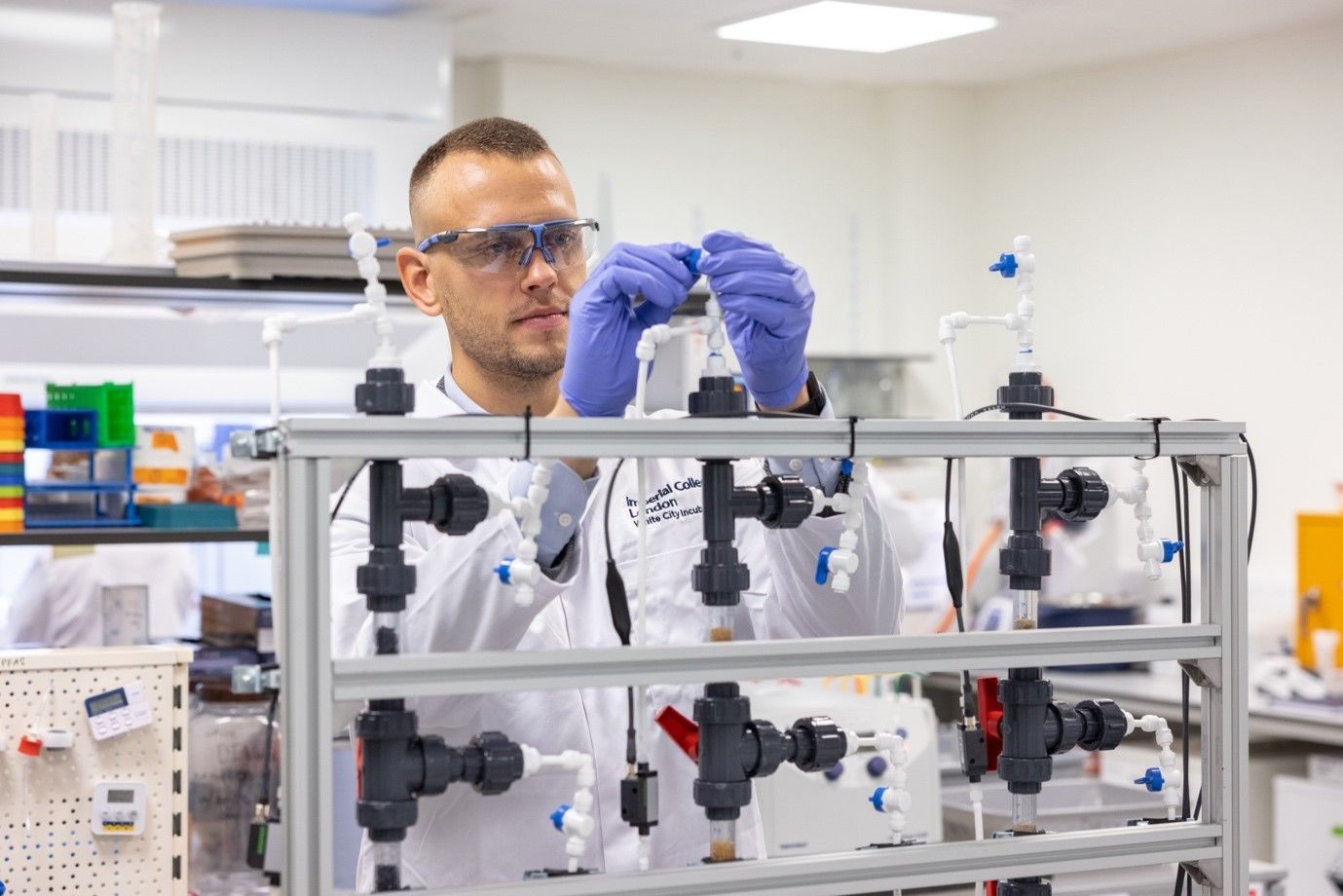
“It is a gamble, but one of those gambles that nature and human health require us to make.”
WWA source article: https://www.yumpu.com/en/document/read/68602627/water-wastewater-asia-january-february-2024/22
